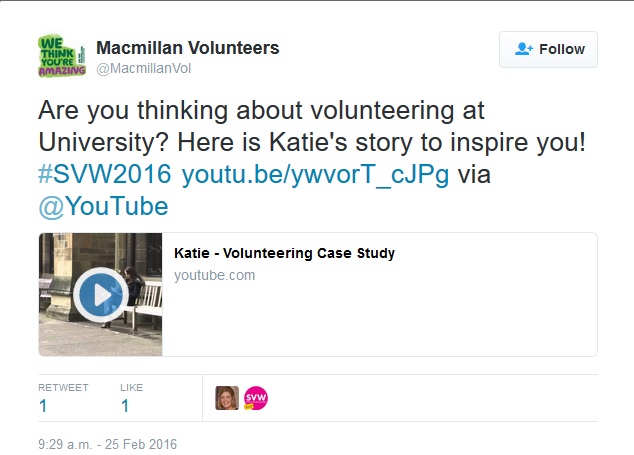Its #MentalHealthAwarenessWeek and I have been really inspired by the number of people sharing very personal stories. It only seems right that I share mine.
Working in the world of charity you are aware of mental health, the challenges people face and the incredible services on offer however if I am being honest I never gave it a second thought until I gave birth.
I was a determined fundraiser, full of confidence and self-belief. I had never before suffered from mental health issues so when various professionals mentioned postnatal depression I dismissed it as something I would never have to worry about. I dismissed it so much so I couldn’t see what was staring me in the face.
I gave birth to a beautiful baby boy and marvelled in the miracle he was. I felt overwhelmed by the love I felt and a bit teary but I am sure that is normal?
When my husband returned to work and the visitors thinned out the loneliness was deafening and the sleep deprivation crippling. I did what I always do and through myself into things however my emotions were a boiling pot capable of exploding at any moment.
I would wake feeling exhausted and anxious, a growing knot in my stomach as the day progressed. The slightest thing made me cry, not necessarily of sadness but overwhelmed by the love I felt for my gorgeous boy. Was I really good enough to be his mum?
The uncertainty, anxiety, crying, extreme highs and desperate lows steadily got worse every day until my mum pointed out I had postnatal depression. A lightbulb moment when I realised this rollercoaster wasn’t normal and it wasn’t going to be forever.
It no way became smooth sailing. I had a doctor who told me the cure was to change less nappies and walk more. I had a health visitor who made it her mission to get me through it and got me medication. I searched for support but there was nothing out there without spending money we didn’t have whilst living on maternity pay but then someone in baby class had the courage to say “I have PND”. My journey changed that day.
I had met someone who knew exactly what I was going through, and gradually more and more people started talking about their experiences. My confidence creeped back, the anxiety faded and I started to forget I even had PND. You don’t get cured but you do move on. I now do so much more to improve my health and wellbeing, I talk openly so others don’t feel alone and I am proud that I followed the light and got to the other side; I was so lucky in comparison to others.
Its #MentalHealthAwarenessWeek and the one thing that is profoundly clear is that you are not alone.




 In Jurassic World they worry the visitors are getting bored of dinosaurs (can you imagine!) so they invent a new, ultimate dinosaur. We actually do similar in the third sector; we worry donors are getting bored so we sometimes invent a new project to keep them engaged.
In Jurassic World they worry the visitors are getting bored of dinosaurs (can you imagine!) so they invent a new, ultimate dinosaur. We actually do similar in the third sector; we worry donors are getting bored so we sometimes invent a new project to keep them engaged.



